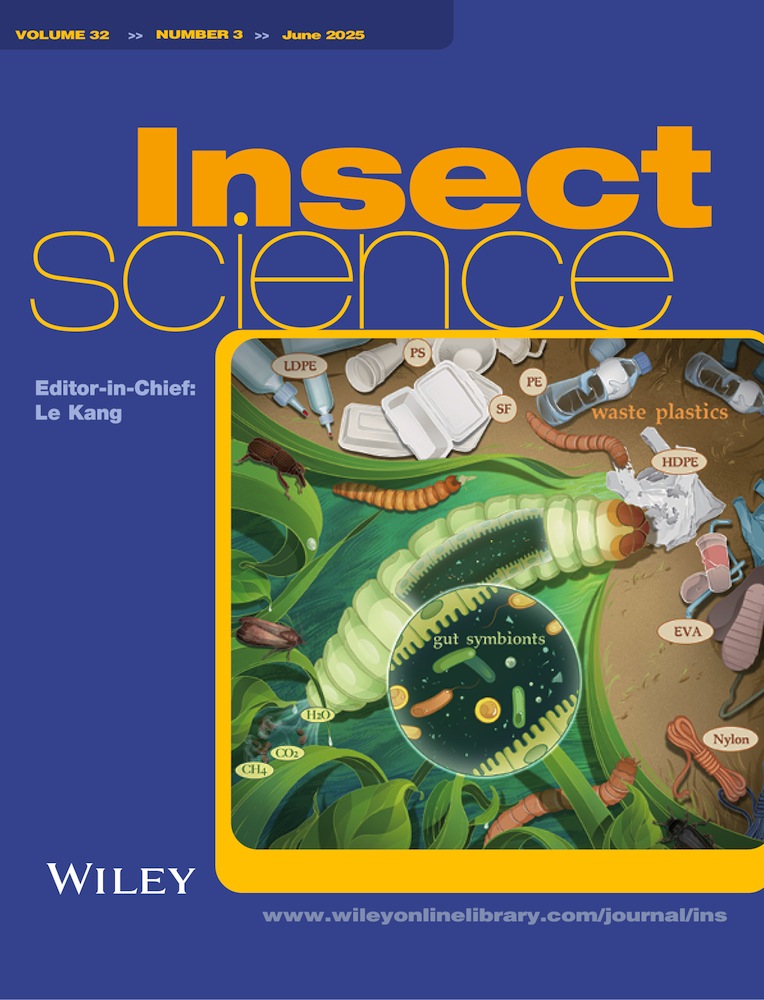EVALUATING THE IMPACT OF INSECT COMMUNITY ON PINE CATERPILLAR DENSITY IN DIFFERENT STAND CONDITIONS
Abstract
Abstract Natural enemies play an important role in inhibiting population growth of pine caterpillar, but they are difficult to be used in systematic management models. This paper attempts to use some forest stand factors to substitute the effect of natural enemies, which could be used in management models. Through the studies from more than 200 stand plots with different stand conditions in Qu County, Changshan County, and Longyou County of Zhejiang Province, 16 predominant species groups from insect community were selected, and the canonical correlation coefficient between the diversity index, species number, individual number of predominant species and the stand factors was analyzed. The results indicated that the canopy density and ground vegetation were the key stand factors for characterizing the function of insect community. The forest area was divided into four types according to the variation of canopy and vegetation conditions by using cluster analysis. The regression models between the rate of variation of pine caterpillar density and the forest factors including canopy density and vegetation covers were developed in each type of forests. There were significant differences in diversity index, species number, individual number of insect community and population density of pine caterpillar among four types of forests, and correlation coefficients of the four regression models were rather high (r=0. 924 — 0. 964). This means that the classification of the forest stands is reasonable and the stand factors can characterize the effect of natural enemies in practice.




